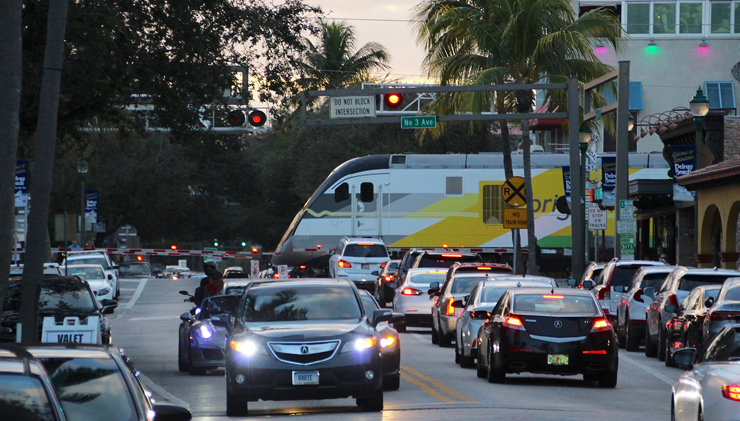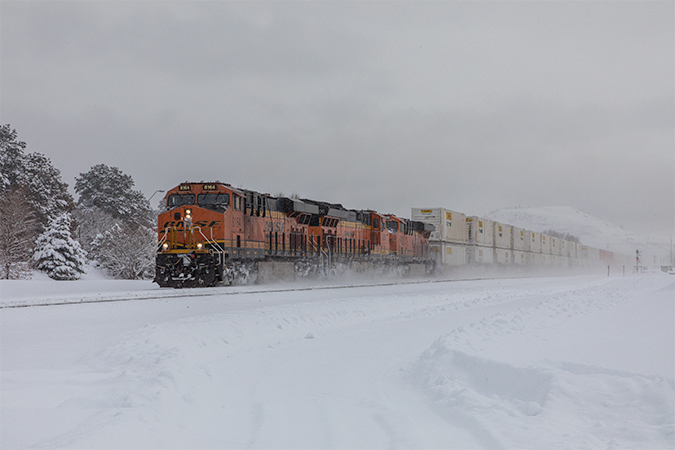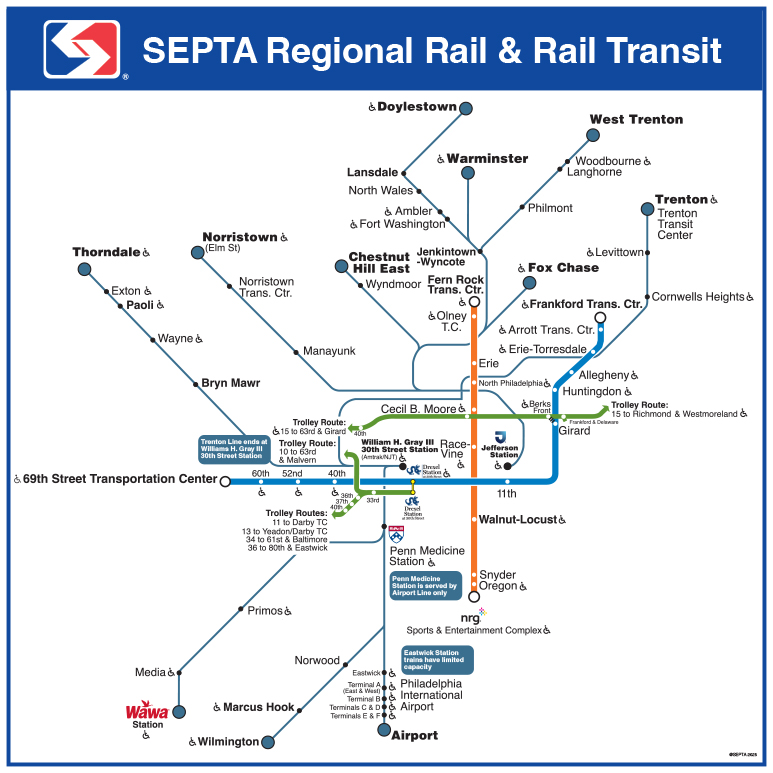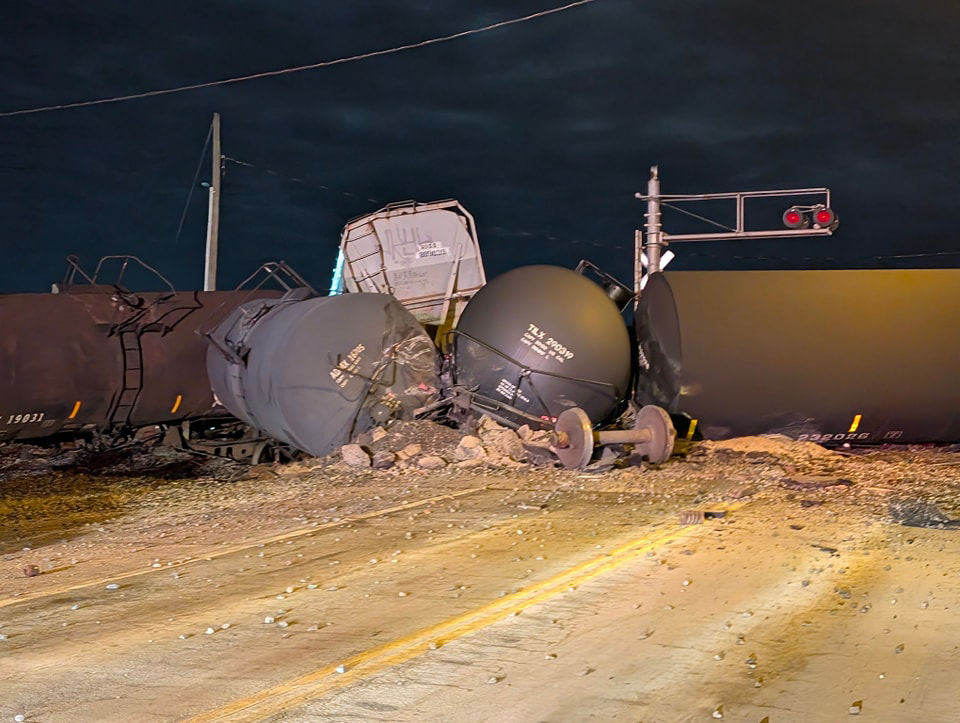The proposal, published in the Federal Register last month, would be an expansion of a 2008 program that required the 10 states with the highest number of grade crossing incidents to create action plans to combat the issue. The plans listed the most dangerous crossings in each state and outlined ways to improve them. The action plans enabled states to prioritize infrastructure and equipment investments. As part of this new proposal, those 10 states — Alabama, California, Florida, Georgia, Illinois, Indiana, Iowa, Louisiana, Ohio, and Texas — would have to update their existing highway-rail grade crossing action plans while 40 others and the District of Columbia would have to come up with all new plans.
Chao highlighted the proposed rulemaking during remarks at a summit on grade-crossing safety this week in Washington D.C. The event also featured FRA Administrator Ron Batory, Acting Department of Transportation Deputy Secretary Steve Bradbury, and Federal Highway Administration Deputy Administrator Mala Parker.
“The Department is committed to supporting infrastructure improvements, new communications tools, and working to change driver behavior so that highway-rail grade crossings are safe environments for all transportation users,” Chao says.
According to data from the FRA and Operation Lifesaver, an average of 250 people a year have been killed in the last decade at road crossings. Grade crossing incidents are the second leading cause of rail-related deaths behind trespasser fatalities.
There are approximately 130,000 public road crossings in the United States.
“Grade crossing collisions are the second leading cause of rail-related deaths in America, but nearly every one of them is preventable,” Batory says. “The action plans provide states a tool to engage with federal and local partners, railroads, and rail safety advocates to identify high-risk crossings and develop strategies to save lives.”
The public is able to comment on the proposal until Jan. 6, 2020. If the plan is approved, states will have one year to create or update their action plans. The plans will be submitted to the FRA for review before being published online.
The FRA has also recently updated its Highway-Rail Crossing Handbook, which offers guidance for best practices to improve grade crossings.
“This handbook is one more tool in the toolbox to help enhance safety at highway-rail grade crossings,” says Federal Highway Administrator Nicole R. Nason. “It is part of our ongoing efforts, in partnership with the Federal Railroad Administration and state and local practitioners, to help ensure rail and road users get to their destination safely.”















Like texting while driving, people can and will exhibit dangerous life-threatening behavior including driving around lowered crossing gates. If the politicos can figure out how to fix stupid they might reduce grade crossing accidents.
Remember what the late Lee Iacocca once said..
“The biggest design flaw in American automobiles is the loose nuts on the steering wheels!”
As I’ve said before, if the billions wasted on PTC had been spent on grade crossing elimination, it would have saved hundreds of more lives then PTC will ever save.
Darwinism should be allowed to take it’s course in railroad/citizen interactions.
Police can work with railroads and be at crossings when trains are expected. Just the police presence, combined with targeted enforcement (ticketing , warnings, etc) should change at least some behaviors.
Not much of a percentage when it comes to crossing fatalities. I wonder what the total traffic count numbers are for the 130,000 crossing. They should be addressing speeding, DUI, intersection violators, texting/cell phone usage, etc. As Ronald says politicos can’t fix stupid because if they could a lot of them would never be reelected.